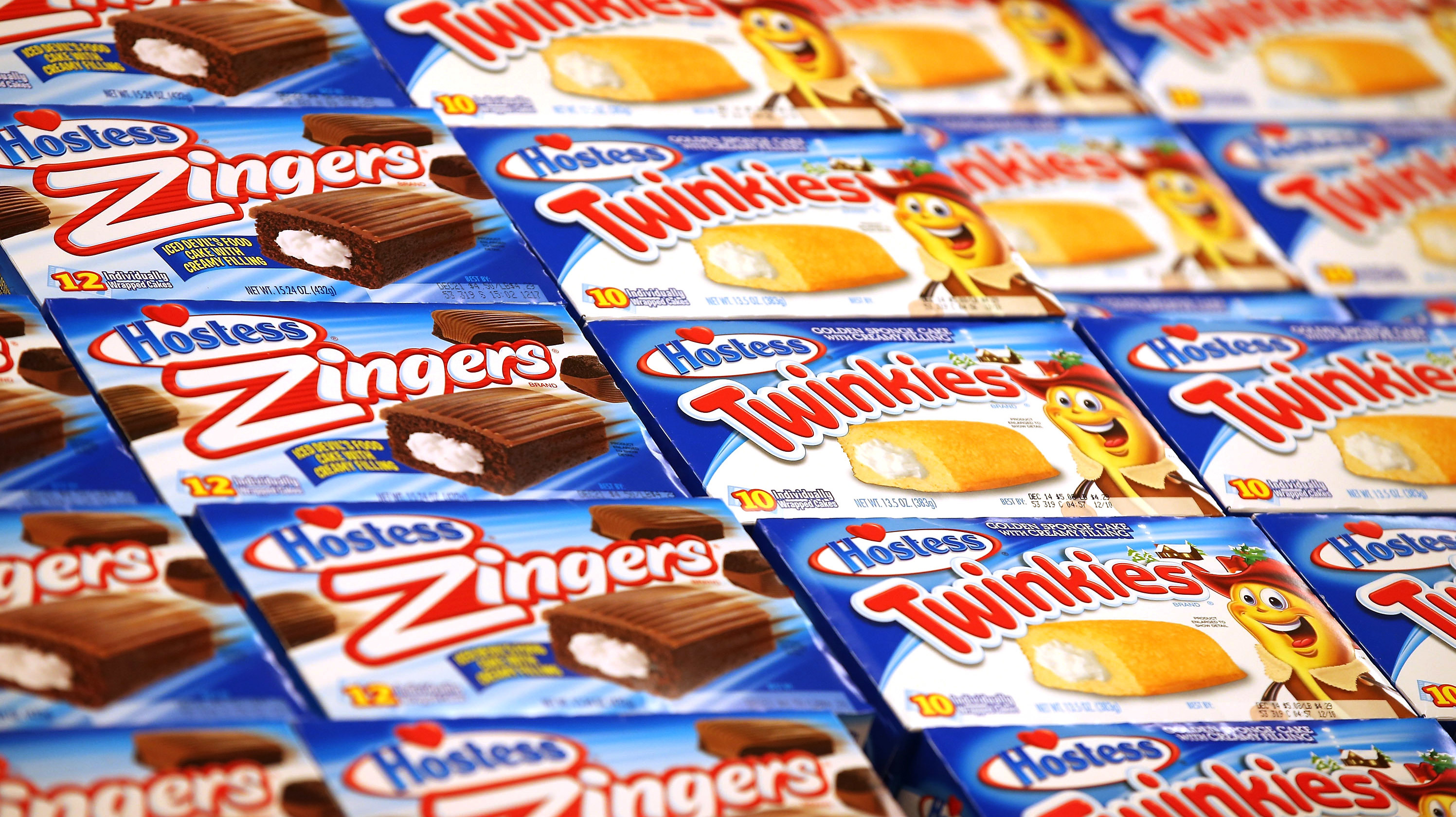Study: Terrifying Warning Labels Deter People From Eating Junk Food
Junk foods are often called indulgences, not just because they taste like they're engineered to hit our brains in all the happy places, but because they're inexpensive, small escapes. We know they're not healthy for us, but eh, every now and then, they're fine, right? The toll of obesity-related diseases, though, is prompting researchers to investigate ways to steer Americans towards healthy foods—including, apparently, scaring the shit out of us when we're trying to devour a Snickers.
Futurity reports on research from the School Of Psychological Sciences at the University Of Melbourne that tested whether graphic warning labels on junk food, similar to those on some countries' cigarette cartons, could change consumers' food choices. As part of the experiment, researchers presented study participants, who hadn't eaten in four hours, with food choices that ranged from healthy to unhealthy. After showing them warning labels—some that included pretty off-putting photos, like a dead body at a morgue or a diseased heart—the researchers then asked participants if they'd like to switch their food choice. Many did.
Participants' brain activity was monitored with electrodes attached to their heads. The study found warning labels prompted participants to exercise more self-control rather than act on impulse. https://t.co/KqzIArRM9x
— The Produce Buzz (@TheProduceBuzz) May 29, 2018
"The strongest effect was observed for negative text combined with imagery," Futurity reports. So basically, telling you junk food is evil and might kill you isn't as effective as both telling and showing you your Kit-Kat-induced fate. (It's sort of like the Ghost Of Junk Food Future appearing at your house to kill your buzz.) The researchers also monitored participants' brains with electroencephalography electrodes and found that warning labels shifted decision-making from impulse areas of the brain to more thoughtful, controlled areas. While these labels were effective in altering behavior, we can't say we wish for a day when skulls-and-crossbones cover our candy bar wrappers. We hope the participants in the study were at least compensated decently, because they'll probably never look at the snack aisle the same way again.
